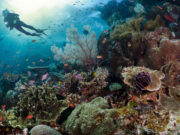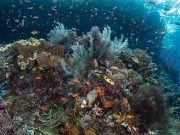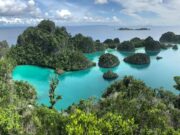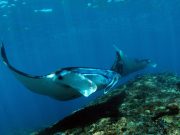Mention the word ‘California,’ and images of palm-lined streets, tan surfers and burnt-orange sunsets over the Pacific Ocean usually come to mind. Yes, California is a diverse, beautiful state filled with sandy beaches, ocean views, snow-capped mountains, desert plains, and redwood forests; however, its vast beauty extends far beyond what you only see on dry land. Underwater, California offers diverse ecosystems to explore, from sandy flats to submarine canyons and everything in between.
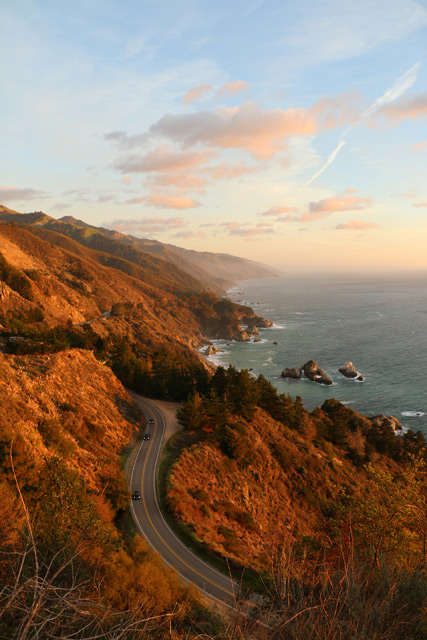
You could spend years diving along California’s Pacific Coast and still not hit every possible dive site. With over 3,000 miles (4828 km) of coastline to explore, California is truly an avid diver’s paradise. California’s Pacific Ocean is on the colder side, so divers in the south tend to wear 7mm wet suits with hooded vests, gloves, and booties, while divers toward the north stick to dry suit diving. Depending on the time of year, water temperatures can fluctuate between 50 degrees F (10 Celsius) and 70 degrees F (21 Celsius).
California is famous for its shore diving. These easily accessible dive sites made California a mecca in the earlier days of scuba diving. Towards the south, sandy beaches extend under the waves giving way to sand dollar beds, patrolling leopard sharks and stingrays galore. All along the coast, rocky reefs offer prime habitat for abalone, lobster, nudibranchs, octopus, sea lions, garibaldi, and many other fish species. However, just offshore is where the real magic of diving in California lies – the magnificent kelp forest. Giant kelp can grow over a hundred feet long, covering the sea floor and extending to the surface. Diving through the kelp is unlike any other experience underwater.

To help you make the most of your California diving adventure, we’ve listed some of the best places to dive throughout the Golden State.
San Diego
Scuba diving is popular all along the California coast, but the San Diego area offers some of the state’s most popular and diverse dive site options. The Point Loma kelp beds sit just offshore and are a quick, easy boat ride to shallow kelp forests thriving with life. In the summer, you may encounter basking sharks throughout this area. Just north of these sites lay San Diego’s Wreck Alley, the West Coast’s largest collection of artificially sunken wrecks, including the HMCS Yukon and Ruby E. This area is a popular place to earn the Wreck Diving certification.
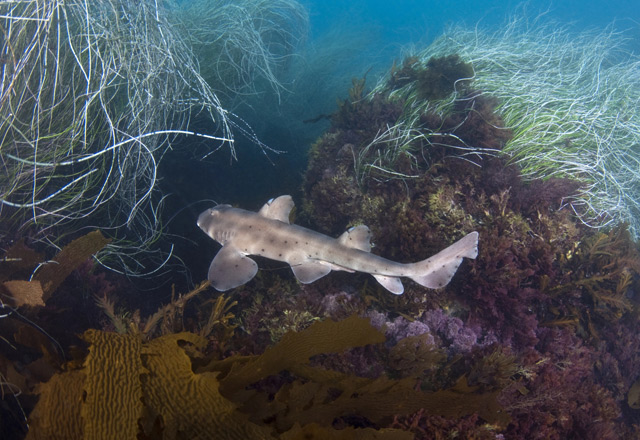
San Diego’s best shore diving is located at La Jolla Shores and La Jolla Cove. These are also San Diego’s most visited dive sites and offer easy beach entries when the surf is mild. If the waves are big, it’s best to skip diving and watch the surfers instead. These sites are also perfect for night diving. Throughout this area, you will see amazing marine life, such as leopard sharks in the summer, horn sharks, pipe fish, octopus, sea lions, and many fish species.
Catalina Island
Catalina is technically one of California’s Channel Islands; however, it’s so dive-site-rich that it deserves mentioning all by itself. A short hour-long ferry ride takes you to Catalina Island from Long Beach. The island alone is fun to explore, with quaint shops and restaurants lining the boardwalk, hiking trails all over the island, and plenty of water-based activities. Divers have many options to choose from when diving Catalina Island. They can stay on the island and explore many dive sites from shore, especially the famous Casino Point Dive Park. Those staying at one of the island’s many fine hotels and inns can also dive from a charter boat based out of the Avalon Harbor. These dive charters will get you deep into the breathtaking kelp forests that fill the waters surrounding the island.
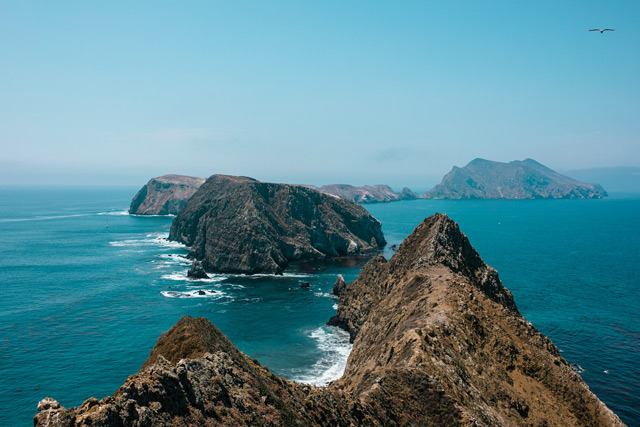
If an overnight trip is not possible, you can also dive with day charters that leave from various harbors throughout California’s mainland in Orange County. No matter how you get under the waters surrounding Catalina Island, you will enjoy some of California’s best diving with giant kelp forests surrounding you, many beautiful fish species, and, hopefully, a lucky encounter with a seal, sea lion, angel shark or leopard shark.
Channel Islands National Park
Five of the eight Channel Islands make up California’s famous Channel Islands National Park, a diving haven for underwater enthusiasts. This park, protected by America’s National Park System, offers a remote, well-preserved, pristine diving experience. Known as the Galapagos of North America, the Pacific waters surrounding Channel Islands NP are rich in biodiversity and fish density.
 Image: Ray Harrington
Image: Ray HarringtonPlenty of dive sites are perfect for experienced and newer divers to explore. You will enjoy diving amongst kelp forests that reach up to 120 feet (37 meters) high and see marine life unique to this region, like the common dolphin, elephant seal, and garibaldi fish. The most popular islands to dive are Anacapa and Santa Cruz Island; however, all the islands are reachable by liveaboard charter.
Monterey Bay
California’s Monterey Bay Sanctuary, just south of San Francisco, is another thrilling, beautiful area to dive. Home to towering kelp forests and rocky reefs filled with marine life, Monterey Bay is home to the best diving northern California has to offer. The water is colder this far north, so taking a Dry Suit Diving course is highly recommended. Braving the chilly water, however, is well worth the effort. You will be rewarded with sea otter, sea lion, and harbour seal encounters, as well as the possibility of seeing various whale species during their migrations.
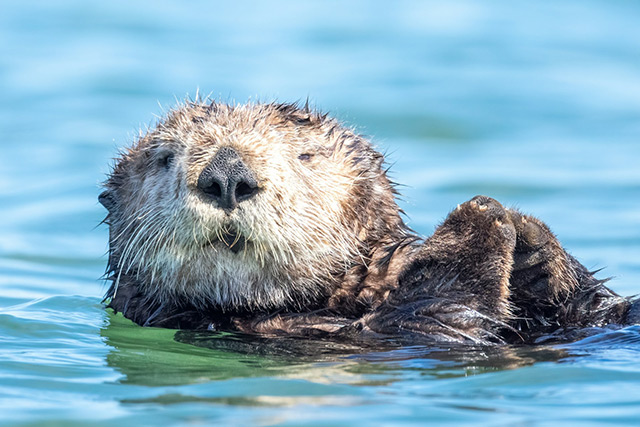
Image credits:
- common-dolphin-ray-harrington-pd: Ray Harrington






